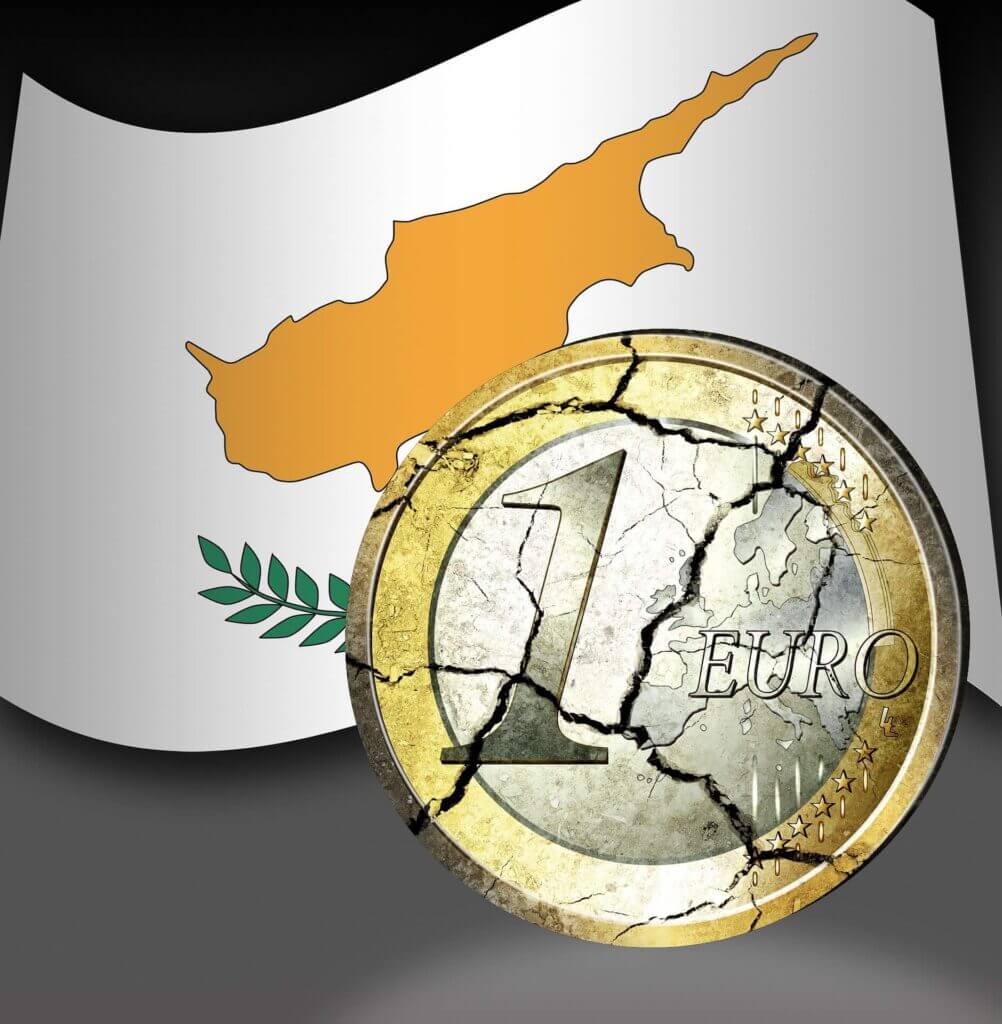In May 2024, the Israeli Tax Authority published an updated version of Form 150 (Declaration of Owning Foreign Entity Shares Abroad, Directly or Indirectly) for the 2023-2024 tax year. Due to feedback and comments the tax authority received regarding the form, it announced on December 11, 2024, the release of an updated Form 150 for the 2024 tax year. For a copy of the updated form, click here. (Please note an English version of the updated form has yet to be published).
According to the Israel Tax Authority’s announcement, for reports submitted for the 2024 tax year, there is an option to choose which version of the form to use-the form published in May 2024, or the form published in December 2024. For reports submitted starting January 1, 2025, the updated form will solely be accepted.
In the same announcement, the tax authority updated on its efforts to develop an API (application programming interface) that will enable electronic submission of the form on Sha’am (the Israel Tax Authority’s IT system). It is important to note that until electronic submission is available, the form must be submitted manually.
In an article we posted August 2024, we reviewed the differences between the Form 150 published in May 2024 to the old version, to read the article, click here.
In this article, we will review the differences between the new version of Form 150 and the version published in May 2024.
Changes in the New Form 150 for the 2024 Tax Year
The two significant changes between the new Form 150 and the one publish in May 2024 is:
- Reorganization of the form making it easier to fill.
- Addition of extra explanations at the end of the form regarding definitions of terms mentioned in the form.
In addition to these two changes, a few new questions have been added to the form, and others have been removed.
Changes in the Forms Structure
The old version of the form included only two tables; a table with details about rights in a foreign entity and a table on ownership details. Whereas the updated form contains five tables. The ownership details table remains unchanged, and is the second table in the form, whereas the main table from the old form has been split into four separate tables. Each table focuses on a different topic, as follows:
- The first table contains general information about the foreign entity, for example; its name, country of residence, the number of corporations in which the foreign entity holds ownership, and more.
- The third table provides additional information on the foreign entity, such as, its classification for tax purposes in Israel, the existence of Israeli-resident officers or board members, the existence of exempt passive income, and more.
- The fourth table focuses on questions related to Controlled Foreign Corporations (CFC).
- The fifth and final table focuses on questions regarding Foreign Professional Corporations (FPC).
This restructuring allows for a simpler process in completing the form.
Additional Questions Added to the Form:
Questions added and their explanations/interpretations:
- Declaration of the type of entity of the foreign entity- When submitting the form, it is required to specify whether the foreign entity is a company, partnership, or other. Our interpretation is that the tax authority is aiming to understand how to address the case:
- Should issues of control and management be examined when it comes to a company?
- Are there any withdrawals by the owner(s) that can be classified as debit balance?
- Should the income of the foreign entity be reflected and reported in the shareowners file?
- Classification of the foreign entity for tax purposes in Israel- There are several options for completing these sections: a regular company, a family company, a home company, a trust asset holding company, application of section 5.2.2 of Circular 5/2004, or a partnership. It seems that the tax authority wants to understand the taxation method for the foreign entity. Whether it is an opaque entity or transparent one.
Explanations of Terms Mentioned in the Form
In the previous article, we explained new terms introduced in the May 2024 version of the form. Not many terms have been added to the new version beyond what was included in the previous forms. However, some of the existing questions have been clarified:
- Instead of using the vague term “corporate group” the term ” chain of companies” will be used. The term is clearly defined in section 67b of the Income Tax Ordinance. Chain of companies refers to at least two entities holding shares in one another, directly or indirectly.
- Transparent entity- An entity whose taxable income is taxed at the shareholder’s level. For example, partnership, home company, family companies, foreign LLC that are transparent in the U.S. and Israel, etc.
- Exempt income or income not in the tax base- Exempt income refers to income that would normally be taxable if not for a specific granted law. For example, residential rental income up to the exemption threshold. Income that is not in the tax base refers to income that is not required to be reported or taxed on under the provisions of the law. For example, income earned by a foreign resident from sources outside of Israel.
- Family company- As defined in section 64a of the Income Tax Ordinance, it is a company whose shareholders are all relatives, as defined in section 88 of the Income Tax Ordinance. Meaning, this type of company is considered a transparent entity in Israel.
- Home company- As defined in section 64 of the Income Tax Ordinance, this refers to a closely held company that meets the conditions stated in the section, including that all assets are real estate assets. Meaning, this type of company is considered a transparent entity in Israel.
- Trust asset holding company- As defined in section 75c of the Income Tax Ordinance, this is a company established solely for the purpose of holding trust assets, where the trustee holds all the shares (directly or indirectly).
- Application of section 5.2.2 of circular 2004/5- An American LLC that is controlled and managed from outside of Israel and has chosen to be treated as a transparent entity in both the U.S. and Israel. This type of company is considered to be a transparent company in Israel for foreign tax credit purposes (e.g. losses cannot be considered transparent.)
These changes make the form simpler to complete compared to its previous version and structure. However, a proper and precise filling of the form still requires extensive knowledge and expertise in accounting practices regarding foreign entities and the tax laws of that country. This is due to the form serving as an indicator to the tax authority for certain issues and incorrect completion can lead to unnecessary tax assessments and additional problems with the Israeli Tax Authority.
Our firm specializes in Israeli and international taxes, providing guidance to lawyers and accountants on all relevant international tax matters for them or their clients. To contact a representative from our firm. Click here.









